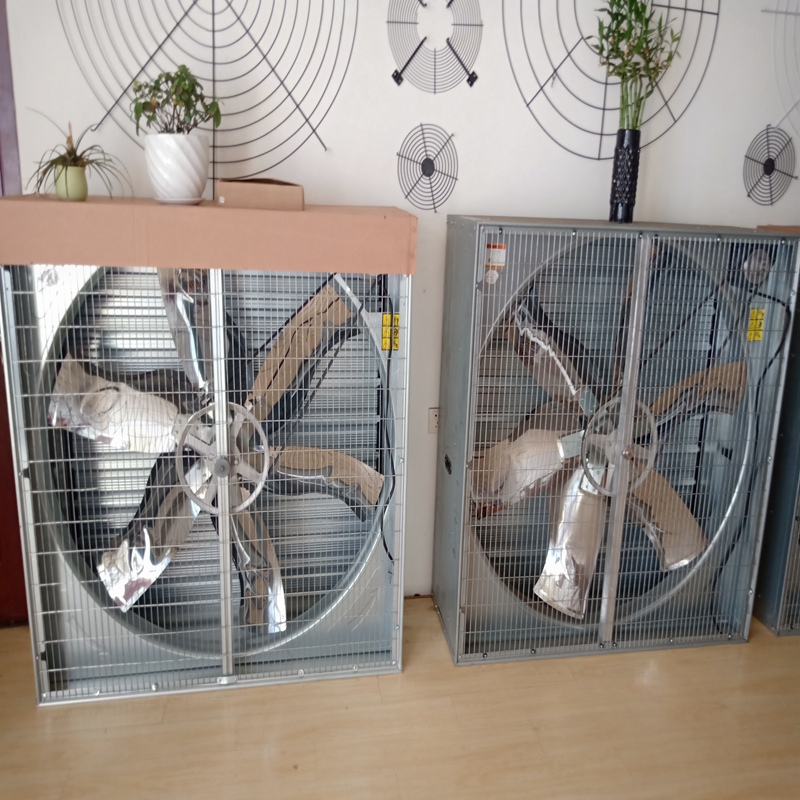Innovative Solutions for Modern Chicken Cages and Poultry Housing
Nov . 09, 2024 03:42 Back to list
Innovative Solutions for Modern Chicken Cages and Poultry Housing
The Importance of Chick Cages in Poultry Farming
Poultry farming is a vital component of the agricultural sector, providing a significant source of protein for communities worldwide. Among various aspects of poultry farming, chick cages play a crucial role in ensuring the health, welfare, and productivity of young chicks. Understanding the significance of chick cages can help poultry farmers optimize their operations and contribute to sustainable farming practices.
Providing a Safe Environment
Chick cages are designed to create a protective environment for young birds, safeguarding them from predators and harsh weather conditions. Newly hatched chicks are particularly vulnerable; their immune systems are still developing, making them susceptible to diseases and infections. By housing them in controlled environments, farmers can minimize stress and exposure to harmful elements. Modern chick cages often incorporate features such as temperature regulation, ventilation systems, and appropriate bedding materials that support optimal living conditions.
Promoting Health and Well-being
The design of chick cages also contributes significantly to the overall health and well-being of the chicks. Using appropriate space and structure, chick cages can facilitate natural behaviors, reducing stress levels. Overcrowded conditions can lead to aggression, pecking order disputes, and the spread of diseases. Therefore, well-designed cages ensure adequate space for each chick, allowing them to move freely and engage in natural behaviors such as scratching, pecking, and social interaction. This not only enhances their physical health but also promotes emotional well-being, leading to healthier growth rates.
Efficient Feeding and Watering Systems
Another advantage of chick cages is the ability to implement efficient feeding and watering systems. These systems minimize waste and ensure that each chick receives adequate nutrition and hydration. Automatic feeders and waterers can dispense feed and water at regular intervals, ensuring that the chicks have constant access to essential nutrients. This efficiency is particularly important in commercial settings, where high production levels are necessary to meet market demands. By optimizing the feeding process, farmers can reduce costs while promoting healthy growth in their flock.
chick cages

Disease Management
Properly managed chick cages can also play a critical role in disease management. In a confined space, it is easier to monitor the health of each chick, allowing for quick interventions if any signs of illness are detected. Additionally, the biosecurity measures implemented within chick cages can significantly reduce the risk of disease transmission. Regular cleaning, proper ventilation, and a controlled environment can help prevent the spread of pathogens that can affect not only the chicks but also the entire flock.
Supporting Sustainable Practices
In recent years, there has been a growing focus on sustainable farming practices within the poultry industry. Chick cages can support these initiatives by promoting resource efficiency and reducing the environmental impact of poultry farming. For instance, the use of cage systems can lead to better feed conversion ratios, meaning that less feed is required to achieve the same growth rates. Moreover, controlled environments can minimize the use of antibiotics and other medications, contributing to healthier birds and reducing the risk of antibiotic resistance.
Enhancing Productivity
Ultimately, the design and management of chick cages can lead to enhanced productivity for poultry farmers. Healthy chicks grow faster and are less likely to succumb to diseases, resulting in higher survival rates. This directly impacts the profitability of poultry operations, allowing farmers to meet demand effectively. Additionally, productive flocks can contribute to food security in their communities by providing a consistent supply of poultry products.
Conclusion
In conclusion, chick cages are a vital element in the poultry farming industry. They provide a safe and healthy environment for young chicks, promote efficient feeding and watering systems, facilitate disease management, and support sustainable farming practices. As the demand for poultry products continues to rise, investing in well-designed chick cages will be paramount in ensuring the welfare of the animals, the efficiency of the operation, and the overall success of poultry farming. By prioritizing the needs of the chicks, farmers can enhance productivity while contributing to responsible and sustainable agricultural practices.
-
Automatic Feeding Line System-Pan Feeder Nipple Drinker|Anping County Yize Metal Products Co., Ltd.
NewsJul.29,2025
-
Hot Sale 24 & 18 Door Rabbit Cages - Premium Breeding Solutions
NewsJul.25,2025
-
Automatic Feeding Line System Pan Feeder Nipple Drinker - Anping County Yize Metal Products Co., Ltd.
NewsJul.21,2025
-
Automatic Feeding Line System Pan Feeder Nipple Drinker - Anping County Yize Metal Products Co., Ltd.
NewsJul.21,2025
-
Automatic Feeding Line System - Anping Yize | Precision & Nipple
NewsJul.21,2025
-
Automatic Feeding Line System - Anping Yize | Precision & Nipple
NewsJul.21,2025






